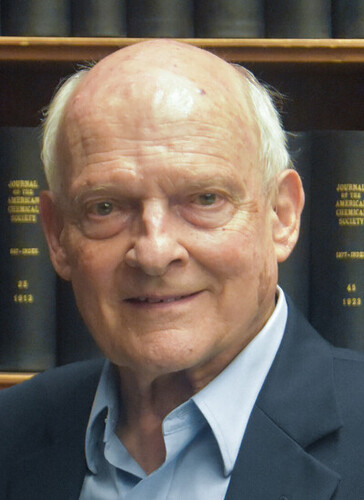
Though tRNAs have a highly conserved and distinct structure, they each have unique features, known as identity elements, that support interactions with their cognate aminoacyl tRNA synthetase (aaRS). In a ‘Breakthrough’ Report in the journal of Nucleic Acids Research, the labs of Drs. Trushar Patel (University of Lethbridge), Jörg Stetefeld (University of Manitoba), Joseph Puglisi (Stanford University) and our very own Dieter Söll (Yale University) investigate the identity elements for pyrrolysine tRNA:aaRS pair (tRNAPyl:PylRS). Pyrrolysine is designated as the 22nd amino acid, found in archaea and bacteria, and is universally encoded by UAG. Pyrrolysyl-tRNA synthetases (PylRSs) are known for their low selectivity features that allows for them to be easily engineered to allow for the genetic incorporation of >200 noncanonical amino acids. Researchers in this study look at the PylRS from the archaea Methanomethylophilus alvus. This enzyme belongs to a PylRS class ( ΔpylSn ) that is devoid of a tRNA-binding N-terminal domain, yet is found to be highly active when expressed in E.coli. As aminoacylation must then be facilitated by the protein’s remaining CTD, the researchers hypothesized there are identity elements on tRNAs from the ΔpylSn class (ΔN tRNAPyl). Through a systematic investigation, researchers probed which nucleotides were driving the interaction between PylRS and tRNAPyl from M. alvus, and found five base positions in the Ma tRNAPyl that are important for activity with M. alvus PylRS (MaPylRS). These elements were then visualized with Cryo-EM and analyzed with MD simulations, allowing researchers to conclude the identity elements act by changing the overall shape and rigidity of the tRNA molecule.
This article has been lauded for its impact; during peer review one investigator stated “because of the essential role of PylRS systems in genetic code expansion, this finding will benefit protein studies and protein engineering through noncanonical amino acids.” Additionally, the authors conclude that their findings may advance personalized medicine with tRNA therapeutics.
Authors from MB&B include Natalie Krahn, Jeffrey Tharp, and Armaan Patel. The full article can be found here.
Shravani Balaji